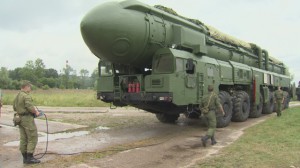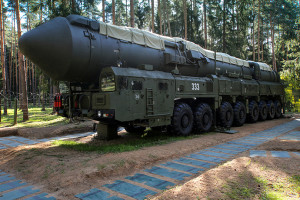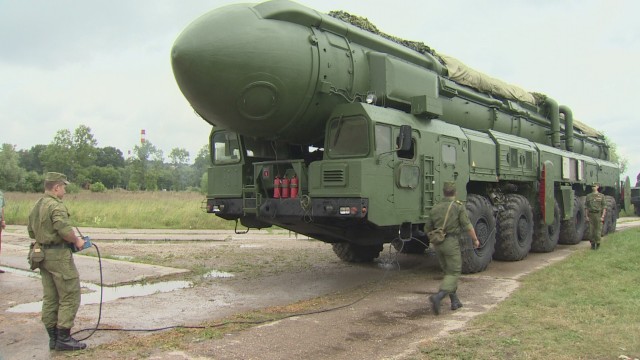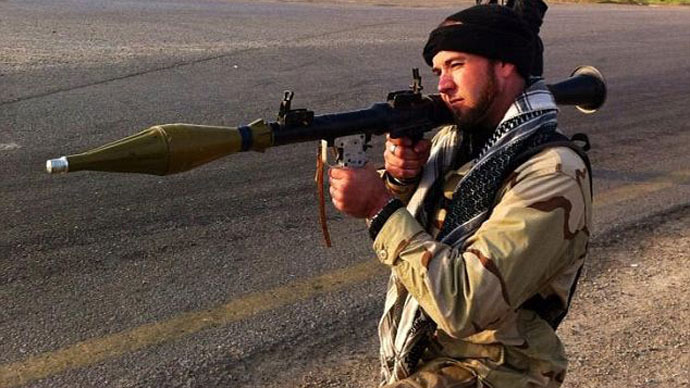The Intermediate-Range Nuclear Forces (INF) Treaty is a key component of the global nuclear non-proliferation and arms control regime. This treaty, signed in 1987 by the United States and Soviet Union, eliminated both sides’array of ground-launched nuclear-capable cruise missiles and intercontinental ballistic missiles (ICBM) with ranges between 500km and 5,000km. The treaty was born out of concerns that the modernization of Soviet and American intermediate-range missile fleets in the 1970s had dramatically altered the European security landscape. It was argued that the new missiles’accuracy, mobility, short flight times, and ability to launch at a moment’s notice undermined the concept of deterrence that underpinned both countries’nuclear strategies during the Cold War. By the treaty’s implementation deadline in 1991, both the United States and the Soviet Union had eliminated their entire arsenals of intermediate-range missiles (846 missiles and 1,846 missiles respectively).

Earlier this year, the United States went public with concerns that Russia had been violating the INF Treaty since 2008. The alleged violations stem from Russia’s testing of two missile systems: the R-500 and the RS-26. The R-500 is a cruise missile variant of the outlawed SS-20 intermediate-range ballistic missile and has an official range of 400km. The RS-26 has an official range of 5,800km, which allows it to be classified as an ICBM and therefore does not fall under the purview of the INF Treaty. In response to the American accusations, Russia denied any wrongdoing and accused the United States of violating the treaty. Russia claimed that the United States’development of target missiles for its missile defence system and its use of armed drones violated the spirit of the treaty. It also threatened to withdraw from the INF Treaty altogether, stating that the treaty no longer served Russia’s national interests.
Despite its status as one of world’s most important arms control agreements, the provisions of the INF Treaty do not match the realities of the post-Cold War world. One of the main issues is that the treaty is based on the strategic reality of the Cold War that no longer exists. During the Cold War, the United States and Soviet Union were the two most important nuclear powers in the international system and indirectly controlled almost every other nuclear power. This led to France, China, and the United Kingdom being excluded from the INF Treaty as both superpowers agreed that these countries’arsenals of intermediate-range weapons were not as destabilizing as their own.
China’s exclusion in particular is one of the reasons Russia has considered pulling out of the INF Treaty. China has greatly increased the size, sophistication, and accuracy of its intermediate-range missile arsenal to the point where these type of missiles now constitute the majority of the country’s nuclear deterrent, a fact that greatly worries neighbouring Russia.

Another big problem is measuring a missile’s range. The range of a missile in the INF Treaty is defined as “the maximum distance which can be covered by the missile in its standard design mode flying until fuel exhaustion, determined by projecting its flight path onto the earth’s sphere from the point of launch to the point of impact.”However, this maximum distance can vary depending on the payload of the missile and what type it is (ballistic missiles fly in an arc while cruise missiles hug the ground). For example, the RS-26’s maximum range with a conventional (i.e. non-nuclear) payload is 5,800km but that range decreases to under 5,000km when fitted with a nuclear warhead. Since the first distance is the missile’s official range, it is not subject to the INF Treaty despite the fact that it would qualify as a banned intermediate-range ballistic missile when loaded with a nuclear warhead.
The implications of a possible Russian exit from the INF Treaty could further destabalize the international system. The loss of one of the most successful Cold War arms control agreements would strike a powerful blow to American-led efforts to rid the world of nuclear weapons. It could re-ignite a sort of arms race by forcing the US to revisit its plans for a missile defence system in Europe, spurring a race between American missile defence capabilities and Russian missile technology. It could also potentially destabilize NATO by fomenting uncertainty within the alliance. In a world where Russia has intermediate-range nuclear missiles again, would Germany be willing to sacrifice Hamburg for Riga if Russia invaded the Baltic states?
Russia’s exit from the INF Treaty demonstrates the folly of relying on Cold War-era treaties in a post-Cold War era. Unless action is taken to update modern arms control mechanisms, the world could be headed down a dangerous path.




